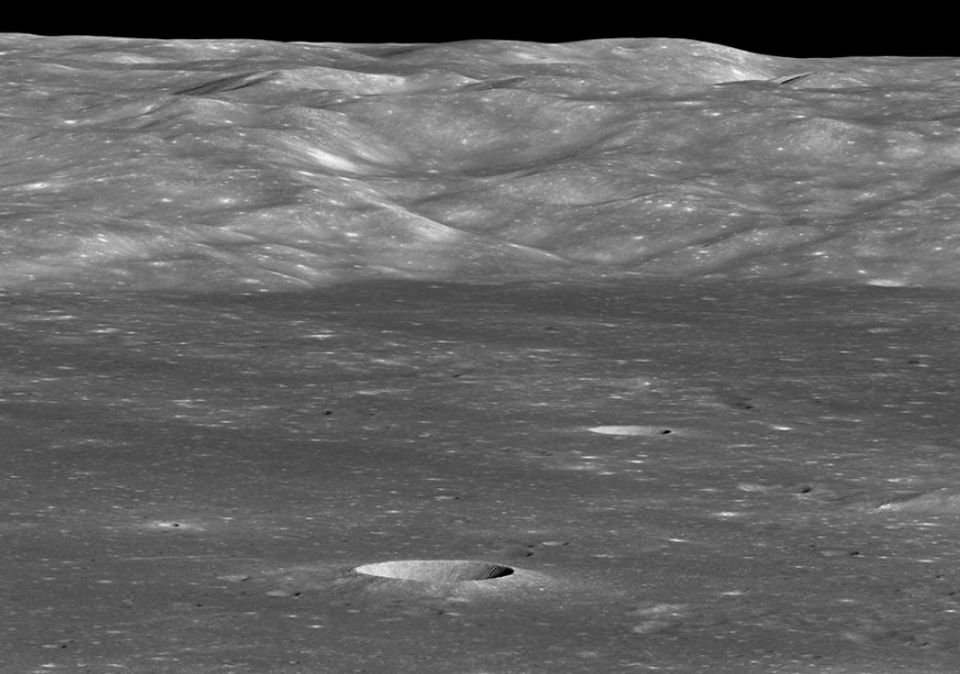NASA is finally opening up Apollo moon rock samples untouched for almost 50 years

When NASA brought rock samples back from the moon, scientists at the space agency were aware that science would keep advancing.
So some of the samples brought back were preserved and never brought into contact with Earth’s atmosphere (or frozen in helium) for 50 years.
Now NASA is to open the rock samples, and analyse them using technologies far beyond those available to scientists in 1972.
One unopened sample was collected by the Apollo 17 mission, the last to put human boots on the lunar surface and the only to have a geologist onboard.
‘Returned samples are an investment in the future,’ says Lori Glaze, acting director of NASA’s Planetary Science Division in Washington, DC.

‘These samples were deliberately saved so we can take advantage of today’s more advanced and sophisticated technology to answer questions we didn’t know we needed to ask.’
Some of the rocks have never been examined (NASA)It could offer insight into the Moon’s past – much like the samples of ice we use to see changes in Earth’s climate over long periods of time, this core sample from the Moon contains material spanning millions to billions of years.
One of these samples has never been in contact with Earth’s atmosphere, and some have been frozen or stored in helium since collection.
NASA has picked nine science teams to analyse the rocks.
READ MORE
Donald Tusk says EU is ‘open to a long Brexit delay’
Michael Jackson ‘innocent’ adverts to be removed
Netflix documentary claims Madeleine McCann ‘is alive and was abducted by traffickers’
‘These Moon rocks are a treasure, and the science we can do with them is a genuinely unique opportunity,’ said Alexander Sehlke, a principal investigator for one of the selected research teams.’
‘My group is using just a little vial with a bit of dust in it, but it’s really exciting.’
These preserved samples are a time capsule to the Moon’s past, containing information that NASA will need as we begin to prepare for permanently inhabiting the Moon in the coming years.

 Yahoo News
Yahoo News 

